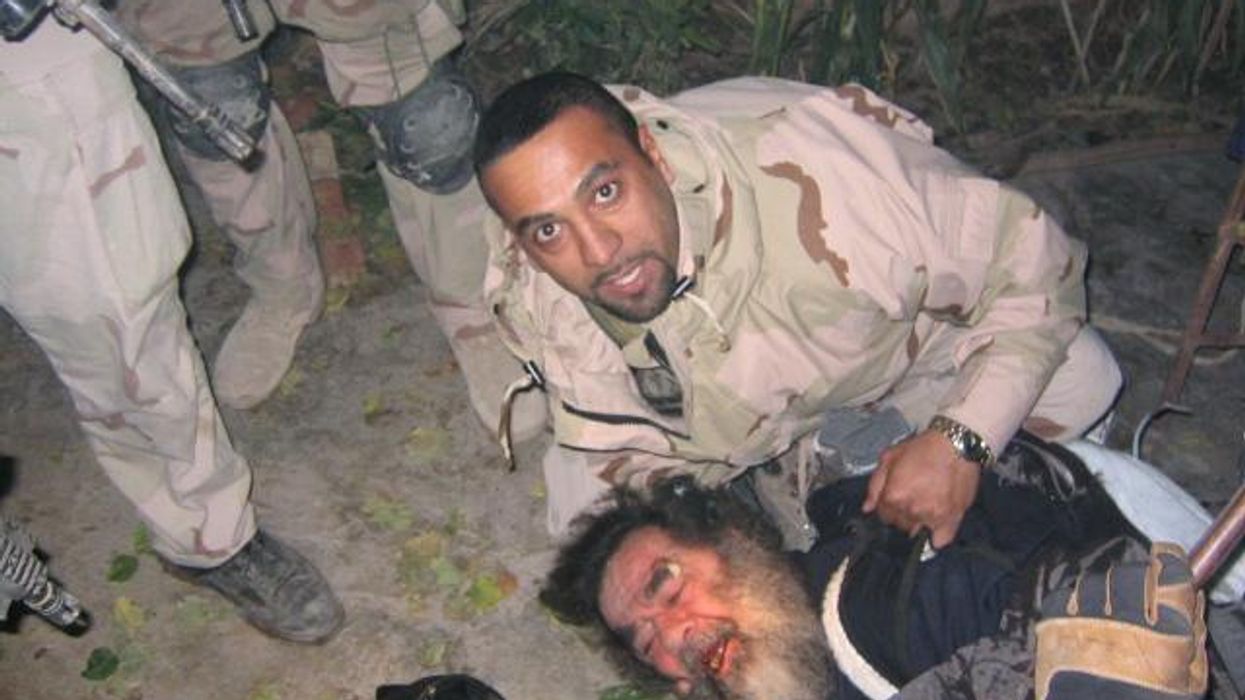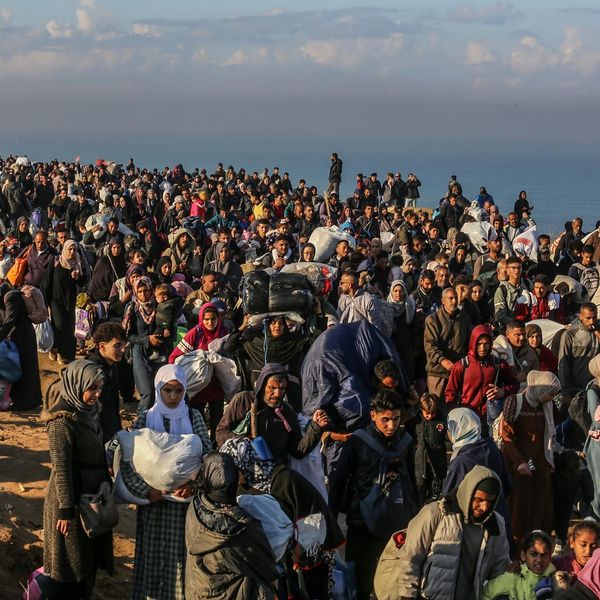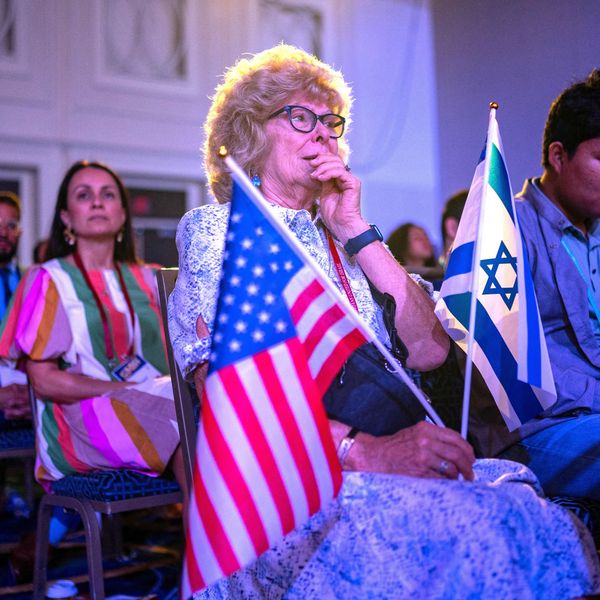Late last month, Taiwan’s President Tsai Ing-wen confirmed the presence of U.S. troops on the island in the wake of a Wall Street Journal report that U.S. Special Operations forces and Marines were “secretly operating” in her country.
While the Journal reported that U.S. commandos were there to train local forces as “part of efforts to shore up the island’s defenses as concern regarding potential Chinese aggression mounts,” Gen. Richard D. Clarke, the chief of U.S. Special Operations Command (SOCOM), demurred when asked about Tsai’s comments and the U.S. presence.
Taiwan was, in fact, absent from an official list, provided by SOCOM to Responsible Statecraft, of countries that saw deployments of U.S. commandos in 2021. But Special Operations Command did admit to involvement in 10 other nations in the Indo-Pacific region, including Australia, India, Japan, South Korea, the Maldives, Mongolia, Palau, the Philippines, Singapore, and Thailand.
For years, the Pentagon has been shifting its focus from counterterrorism to “great power competition” with “near-peer competitors” like China. The Biden administration has also been outspoken about the threat posed by the People’s Republic. “China is a challenge to our security, to our prosperity, to our values," according to Director of National Intelligence Avril Haines. “We're focused on our effort to counter the challenge posed by China," charged Defense Secretary Lloyd Austin. And CIA Director William Burns told members of Congress earlier this year: “An adversarial, predatory Chinese leadership poses our biggest geo-political test.”
This has not resulted, however, in large scale deployments of U.S. commandos to Asia. The Indo-Pacific region saw only the fourth largest contingent of U.S. Special Operations forces (SOF) sent abroad in 2021. Roughly 9 percent of U.S. commandos deployed overseas this year were sent to the region, just below the number deployed to Europe and significantly fewer than those operating in the Greater Middle East and Africa. This is the same percentage as in 2010, a year before President Barack Obama announced what became known as the “pivot to Asia.”
Still, Clarke says that special operators will be key to America’s military response to China. “As the U.S. seeks to reinvigorate and modernize our alliances and partnerships to counter China… SOF will play a central role,” he told members of the Senate Armed Services Committee earlier this year. In September, for example, U.S. Naval Special Warfare operators and Indian Navy Marine Commandos, took part in MALABAR 21, a largely maritime exercise which includes a “high-end tactical training,” including land-based urban combat scenarios.
“Whether we’re training together in exercises, or cooperating in many other areas, our relationship with India is strong and continues to grow,” said Clarke, during a summer visit to that country to discuss ways to, according to the U.S. embassy, “improve defense partnerships and grow interoperability.”
Last month, Clarke also praised allied Philippine troops. “Our SOF have been at work with our closest allies and partners since 2001. It’s important. It’s the only named operation in all of the Indo-Pacific, with Operation Pacific Eagle, with an ally and a trusted partner,” he said, referring to Operation Pacific Eagle–Philippines, a counterterrorism campaign aimed at Islamic State affiliates and other “priority violent extremist organizations in the Philippines.”
Clarke also mentioned a visit to the country and said that American special operators “were there as a partner of choice” and were “leading with our values.” But his high opinion of Philippine troops isn’t shared by all elements of the U.S. government. Earlier this year, the U.S. State Department weighed in on those allies detailing “significant human rights issues” including reports of unlawful or arbitrary killings, including extrajudicial executions, as well as torture by Philippine security forces. Last month, Michelle Bachelet, the United Nations High Commissioner for Human Rights, similarly stated that she “remained disturbed by reports of continuing and severe human rights violations and abuses” by Philippine personnel.
But with China deemed a “pacing threat” by the Biden administration and deployments of special operators to the region holding steady for the last decade, it’s unlikely that human rights abuses by partners in the Philippines or elsewhere in the Indo-Pacific will impact U.S. deployments of commandos for the foreseeable future.
















